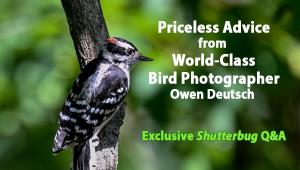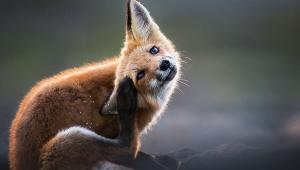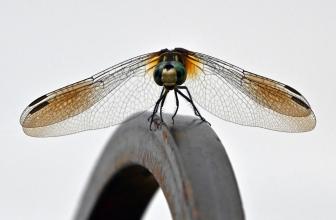John Paul Caponigro Embraces Technology to Create Stunning Fine Art Images of Nature
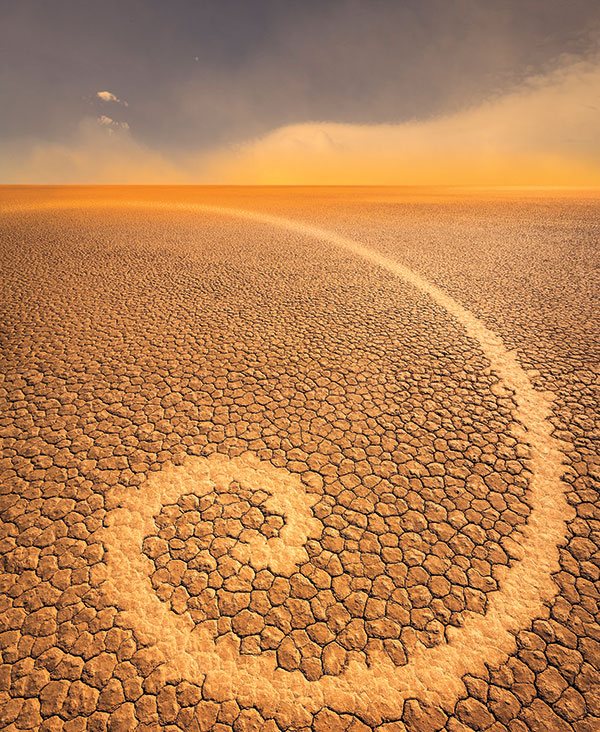
All Photos © John Paul Caponigro
John Paul Caponigro’s elegant, intriguing fine art images result from his control of a complex mix of inspiration, insight, and experience. And one other thing: his enthusiastic embrace of technology in the pursuit and realization of vision.
“There’s visual editing within the frame,” Caponigro says, “and there’s putting the images together after the moment of exposure. It depends on the image and what the image needs.”
From a full palette of Photoshop tools, he takes nothing off the table. “The question is, are the means appropriate to the ends? In my Antarctica work, for example, I really limit what I do because I want it to be in line with classic editorial photography, but in the composites, all bets are off—aspect ratio change, retouching, whatever’s necessary.” You can safely assume there are at least color and contrast adjustments in every image, and there have been from the film days of his Mamiya 645 to the Raw files of his Canon 5D Mark III. “The image has to be interpreted in order to get it to look good,” he says.
And everything’s in play.

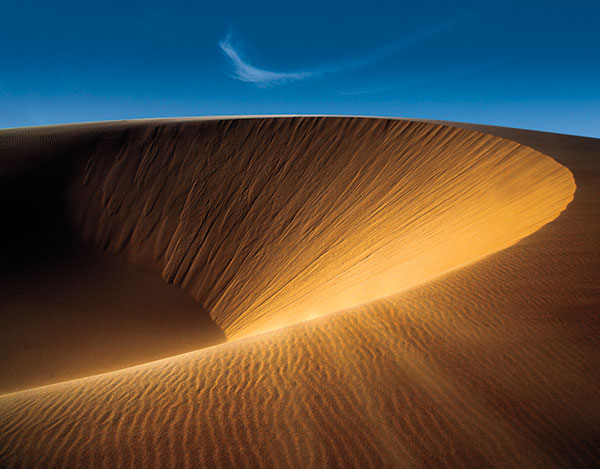
It’s Your Call
Although he talks about techniques and technology at his workshops and his website, what Caponigro wants more than anything is to inspire you to be creative and think for yourself so you end up with your vision expressed, not his imitated. He is non-judgmental and non-critical, preferring “appreciated inquiry rather than constructive criticism.” He begins with what’s strong about an image, then moves on to what might be done to make it even stronger.
“I remember one of my [workshop] students came to me with completely out-of-focus images and said, ‘Is this okay?’ I said, ‘I kind of like it. Don’t you?’ She said, ‘I like it, but is it okay?’ I said, ‘If you’re asking me for permission, you’re asking the wrong person. You have to ask yourself.’ I’m suggesting very quietly that we’re responsible for our own sense of reality or interpretation. There’s a saying to the effect that we see things not as they are, we see things as we are. And we have to be more self-aware to be able to see more.”
He believes that the kind of person you are will influence the kind of pictures you take and the kind of pictures you want to look at. “It also influences how we look at things, and our experiences do as well,” he says. “Women look at photographs of women in clothes differently than men do. Women in the West look at them differently than women in the East. We have a tremendous amount of not just enculturation, but a tremendous amount of personal experience, and it’s very hard to get beyond that and see more.”
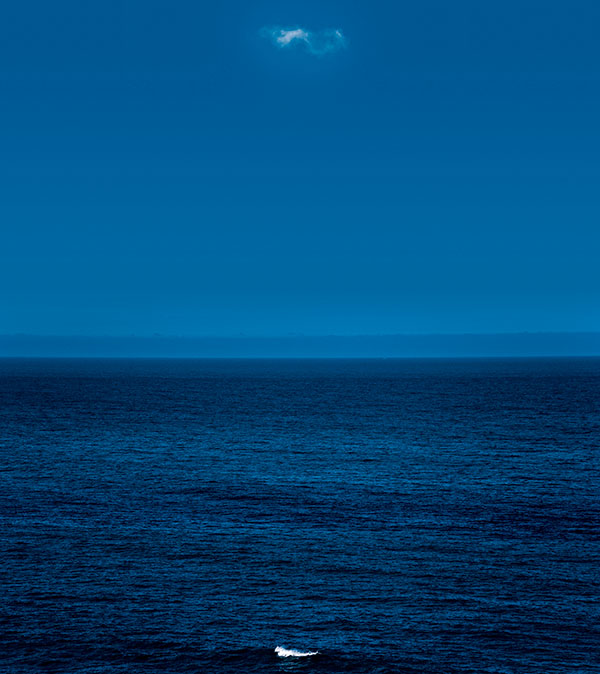
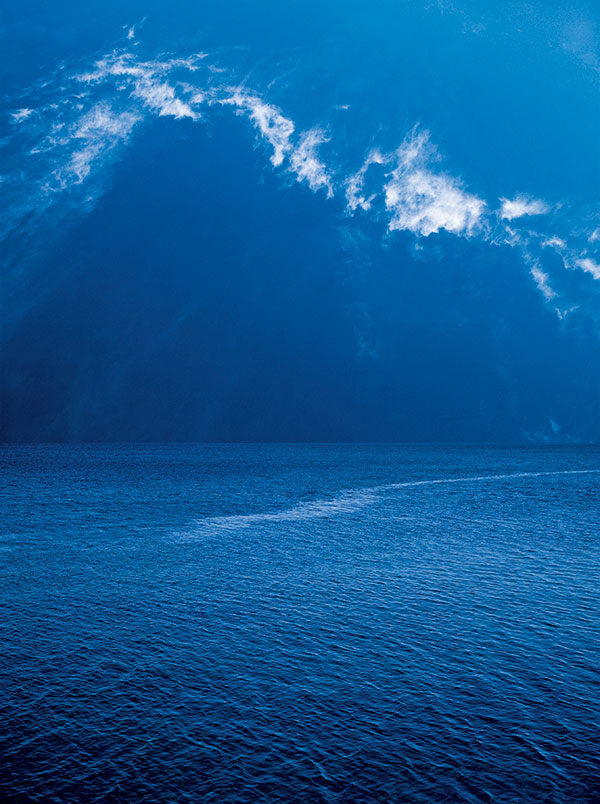
Sketches And Dreams
The inspiration for some of Caponigro’s photos comes from sketches he makes to express ideas and scenes; he also keeps notes in a dream journal.
“My photo students think I’m nuts when I tell them to sketch certain things,” he says. “I tell them we’re not talking about Michelangelo, we’re talking about thumbnails, just graphic ideas; even a few words on paper. It will increase their retention, and they’ll be more likely to act on it, to expand their repertoires and become more versatile.
“You make a little sketch, whatever you have in mind, maybe somebody else’s image or maybe out in the field something came to mind—it isn’t going to work out there, but you’ve got the idea, so sketch it down. Or you see it in a dream—wherever it comes from. Now you’ve got this little template, and you can go back and mine your archive of information.”
What he’s searching for is more than subject matter. “I’m looking for insight,” he says. “I want my images to change my point of view however subtly or dramatically. We talk of the vulnerability of showing our work to the public to receive possible constructive criticism, but I think the real vulnerability is that if you really engage the work, you’re going to change in the process. The awesome thing about that is you have an active hand in it, and if you guide your process, you’re guiding your own self-creation.”
Which suggests that the art is not something you do, it’s something you are.
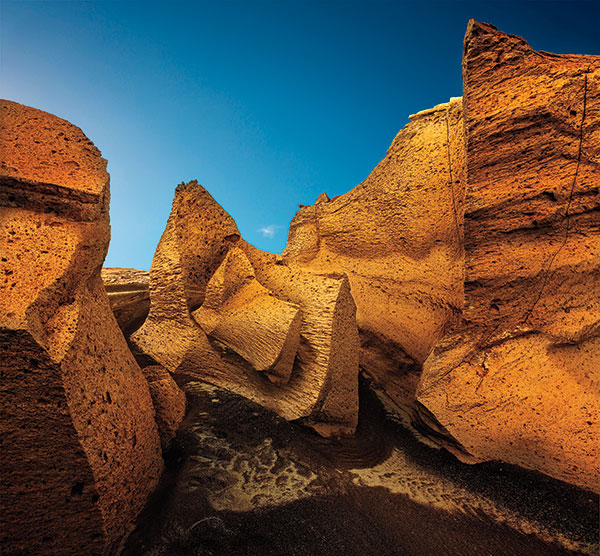
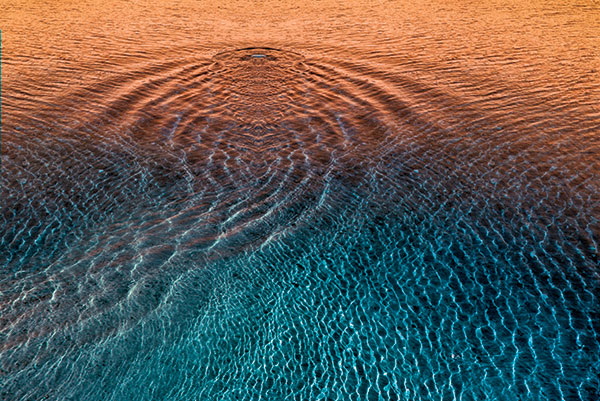
Mirrors And Windows
At a Photoshop World expo some 10 years ago, Adobe showed a high-resolution image that was a composite of dozens of photographs. “They had special software that allowed them to zoom in,” Caponigro says, “and they found that a person on the third floor of a building was having grapefruit for breakfast, and they could read the name of the manufacturer of a crane on the far horizon. The person taking the photograph never saw that; it was discovered after the fact. So where’s the eyewitness?”
Which means that your photographic tools can reveal more than you ever intended. “Some things are potentially out of control or unconsidered, and later to be discovered,” Caponigro says. “It’s like the whole notion of artistic intention…we want to communicate something…a certain way of being, a certain way of looking, certain kinds of information; then the viewers become halls of mirrors, and they reflect back in different ways. If we’re listening for a specific word, we often have to play thesaurus and listen for synonyms because the work takes on a life of its own afterwards. It’s almost as if the viewing is a new performance. Ansel Adams talked about the negative being the score, and the print being the performance…so the viewers reenact that and in their own way they bring new things to it.”
How he reacts when someone sees in one of his images something he didn’t intend depends on what that viewer is seeing. “Sometimes it’s very challenging, because I’m deliberately trying to create both windows and mirrors—mirrors that will elicit highly associative qualities, so viewers will participate and get invested. I often don’t share what I was thinking at the moment of creating the image because I don’t see it as one thing, but rather many layers building up over time, and some of those layers come from my viewers.
“I have one image where more than 19 times, mostly women have come and in front of this image shared experiences of losing significant male figures in their lives. Nineteen times is kind of kicking it out of the coincidence bucket, wouldn’t you say? The image is a seascape, the wave is symmetrical, the sky is an orange color and has a glow, a somewhat ethereal, warm, moving-toward-sunset quality. I can easily see kind of an ‘into the west’ theme. I can see how they could get there, but it certainly was not what was on my mind. I was just trying to be in a state of flow and work spontaneously and emotionally when I was making the image. But now the image for me presents a big challenge both about the nature of artistic intent and communication. Through their eyes I’ve been able to discover many different dimensions.”


Choices, Not Formulas
In his workshops, Caponigro strives to do more than just negate the permission factor he mentioned in the out-of-focus images story. “I find ways to suggest to the students that they need to give themselves permission. Asking, ‘Should I do this, or should I do that?’ is limiting—apparently there are only two choices and one right way, when in fact if you ask, ‘What happens when I do this?’ you’re going to think of other ways of approaching it. You have choices, not formulas, and the choices reflect the way you’re relating. You’re bringing yourself to the picture. You’re not playing by somebody else’s rulebook. Keith Carter loves to say in his slide shows, ‘The world doesn’t need another Ansel Adams; we had one of those. What the world needs is you.’ I agree one hundred percent. It will take a lot of people to get hold of this thing called life, humanity, reality.”
Caponigro’s website reflects these ideas as well. It’s a chronicle of images, travels, and suggestions, plus the regular appearance of “12 great photos by…” that’s recently showcased Joyce Tenneson, Jay Maisel, and Ansel Adams.
“I’ve found a lot of inspiration,” he says, “and the site has become kind of my second photo history education, the kind of resource I wish I’d had in school. Education continues; so does inspiration.”
The site also reflects his concerns with the role of photography in our lives. “It’s time to reconsider how many different things photography does sociologically,” he says. “It changes the way we see the world, it changes the way we can communicate what we see, it changes our understanding of reality and ourselves, and it does so at an incredibly rapid pace. I think we’re visually only at the beginning stages of that kind of literacy, and it’s time to advance the discussion.”
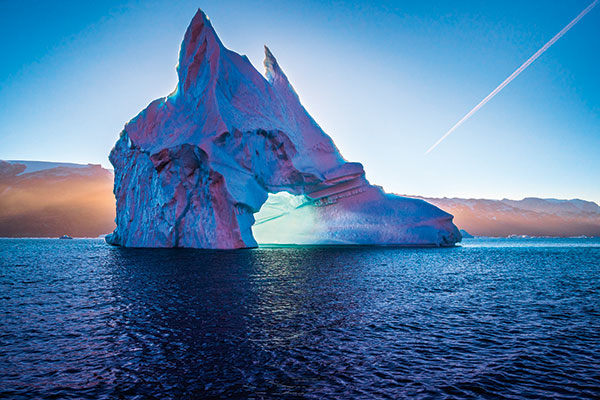
You can see more of John Paul Caponigro’s images, his workshop schedules, blog posts, and discussions of tools and techniques on his website: www.johnpaulcaponigro.com. To see his TED Talk on creativity, Google John Paul Caponigro TED Talk.
